Description
The Barnevelder breed’s name is most commonly pronounced “Bar-na-vel-der,” although you will hear some Americans pronounce it “Barn-vel-der.”
Barnevelders are best known for their unique copper-tinged, dark brown eggs and their stunning good looks. But Barnevelders are also the ideal bird for the novice chicken keeper.
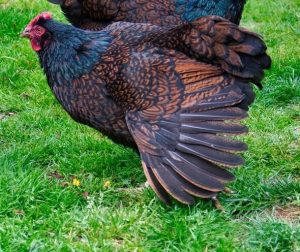
Category: Pet, eggs, & meat
Origin: Holland
Egg-laying ability: Good
Broodiness: Low-moderate
Meat production: Moderate-good
Cold tolerance: Poor-exceptional (depends on comb size)
Heat tolerance: Moderate-good
Predator evasion: Good
Foraging ability: Good
Toleration for confinement: Good
Temperament: Docile to friendly
Aggression toward flock members: Low
Noise level: Moderate-high
LAYING
One of the drawbacks of Barnevelder chickens is that hens may take longer than your average breed to lay eggs. Most dual-purpose birds take about 6 months to begin laying, but Barnevelders can take 8-10 months before they lay their first egg.
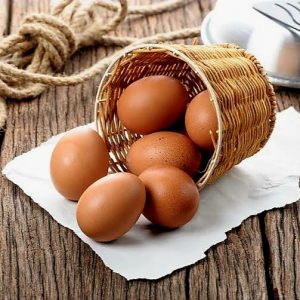
Egg color: Brown
Egg size: Medium-large
Age of lay: 8-10 months
Eggs/week: 3-4
Eggs/year: 150-200
Barnevelder hens lay 150-200 medium to large brown eggs a year. This is much fewer eggs than a layer breed, such as Leghorns or Anconas, will give you, but is a respectable number for a dual-purpose breed.
Barnevelder egg color can vary from light brown to very dark brown. Some are even cream-colored. The eggs typically have a unique copper tinge to them and some may be speckled.
HISTORY
Barnevelders are named after their place of origin, the Barneveld region of the Netherlands.
In the 19th century, Barneveld poultrymen wanted to develop a utility breed possessing 2 special characteristics:
-
Dark coppery brown eggs
-
Excellent winter laying
The result was the Barnevelder chicken. The breed was developed though crossing local birds with several other breeds, such as:
-
Brahmas
-
Cochins
-
Langshans
-
Maleiers
Later, other breeds may also have been incorporated into the Barnevelder breed, such as:
-
Golden Laced Wyandottes
-
Buff Orpingtons
A bantam (i.e., miniature) variety of Barnevelder was later developed in Germany by crossing small Barnevelders with other breeds, including:
-
Rhode Island Red Bantams
-
Golden Laced Wyandotte Bantams
Barnevelder feather colors and patterns
The most common Barnevelder feather pattern in the United States—and the only variety recognized by the American Poultry Association (APA)—is the Double Laced variety. These chickens are gorgeous with greenish-black and dark gold feathers. The hens’ body feathers are dark gold with greenish black lacing.
Barnevelder feathers have an iridescent sheen that glistens in the sunlight—these are truly stunning birds.
Although not yet recognized by the APA, several other varieties of Barnevelders exist. These varieties include:
-
Brown
-
Brown Blue Double Laced
-
Crele
-
Double Laced Silver (also called Silver Laced)
-
Lavender
Other notable features of Barnevelder chickens
Barnevelder chickens have upright single combs that are medium-large in size. They have medium-size wattles and red earlobes. Their beaks are dark horn in color, and their eyes are reddish bay. Barnevelders have beautiful yellow shanks and toes.
How big do Barnevelder chickens get?
Roosters: 7 lbs
Hens: 6 lbs
Bantam rooster: 36 oz
Bantam hen: 32 oz
Barnevelder chickens are found both as regular-sized and as bantam-sized (i.e., miniatures). Check out the video below to see the size difference between a Barnevelder and a Barnevelder Bantam.
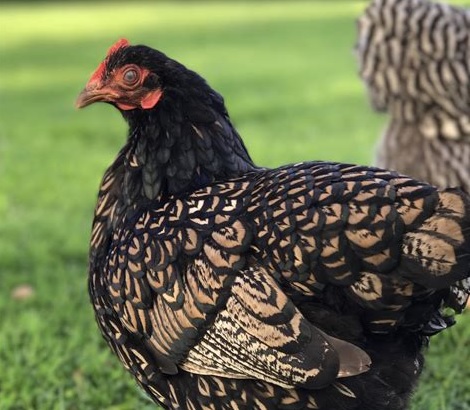
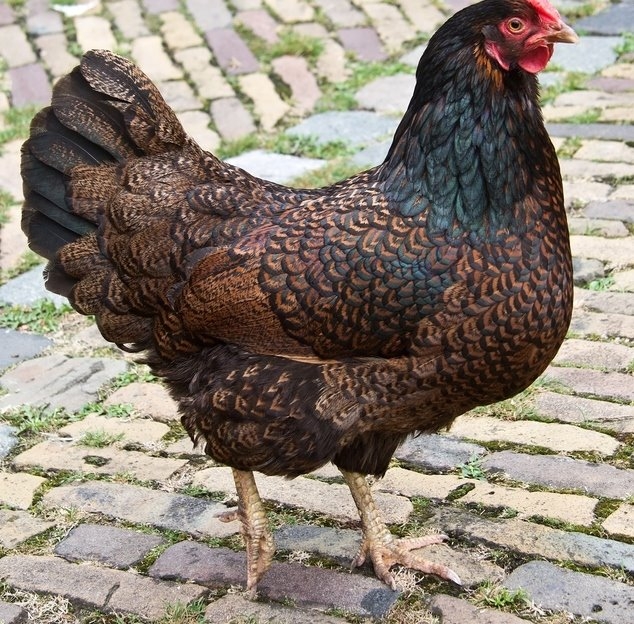
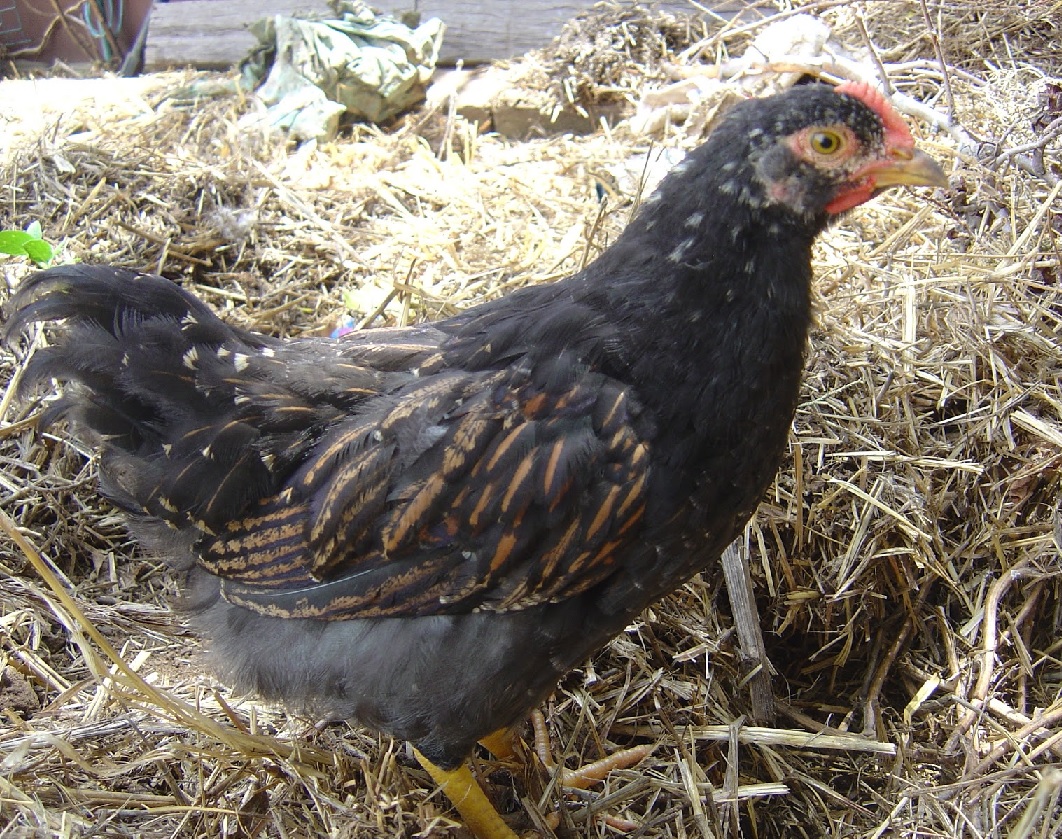

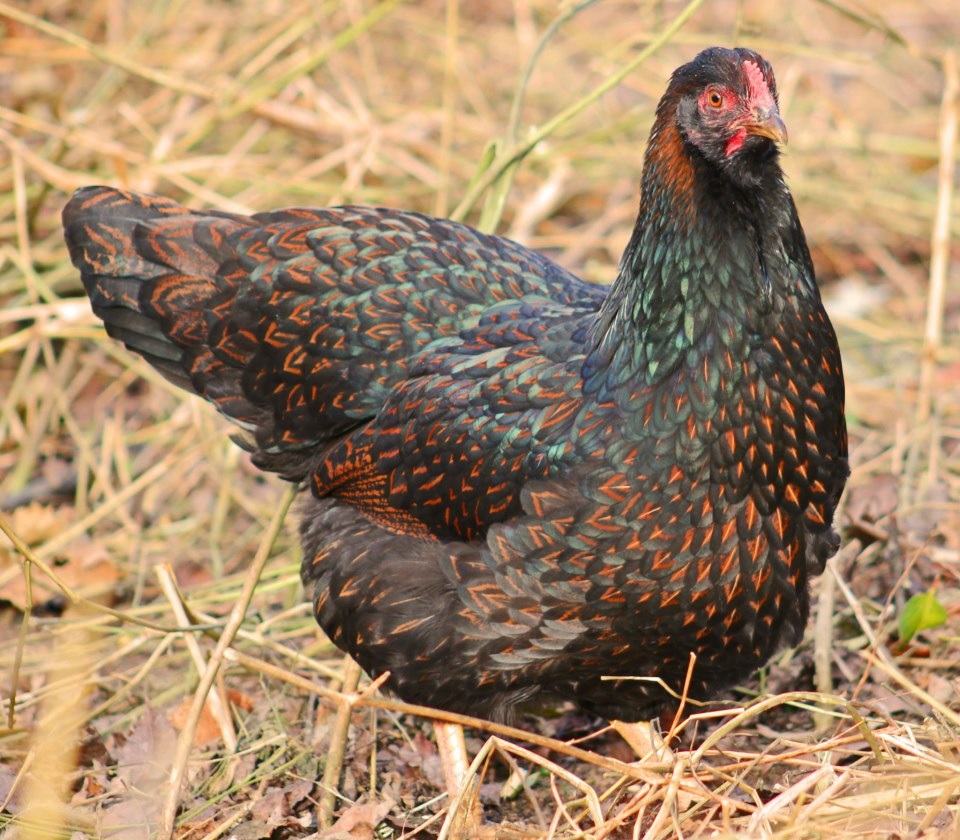
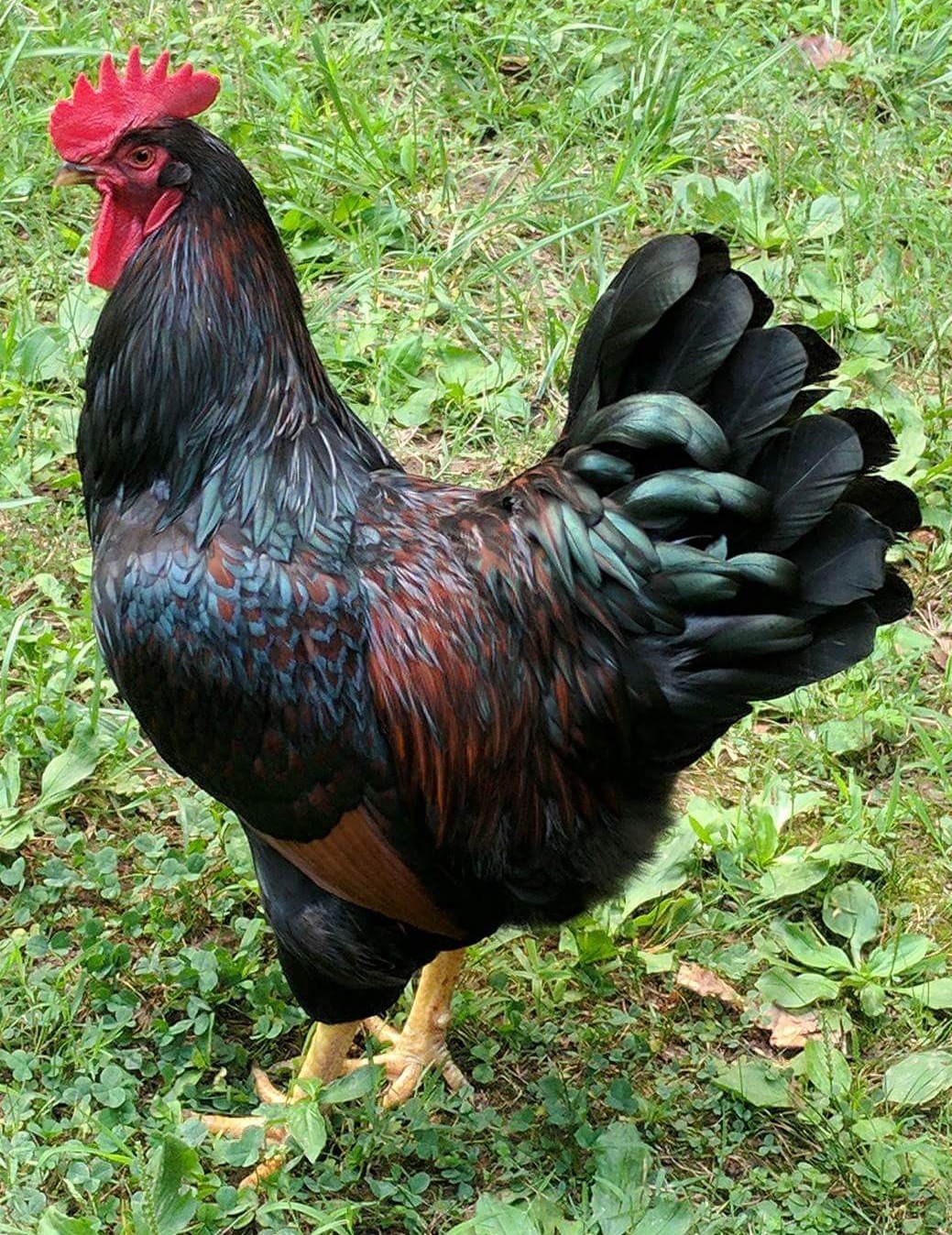

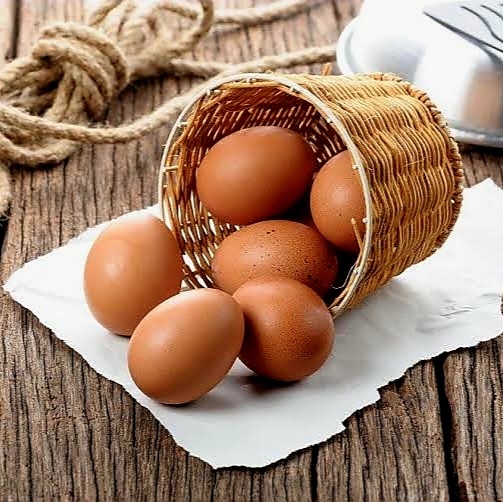
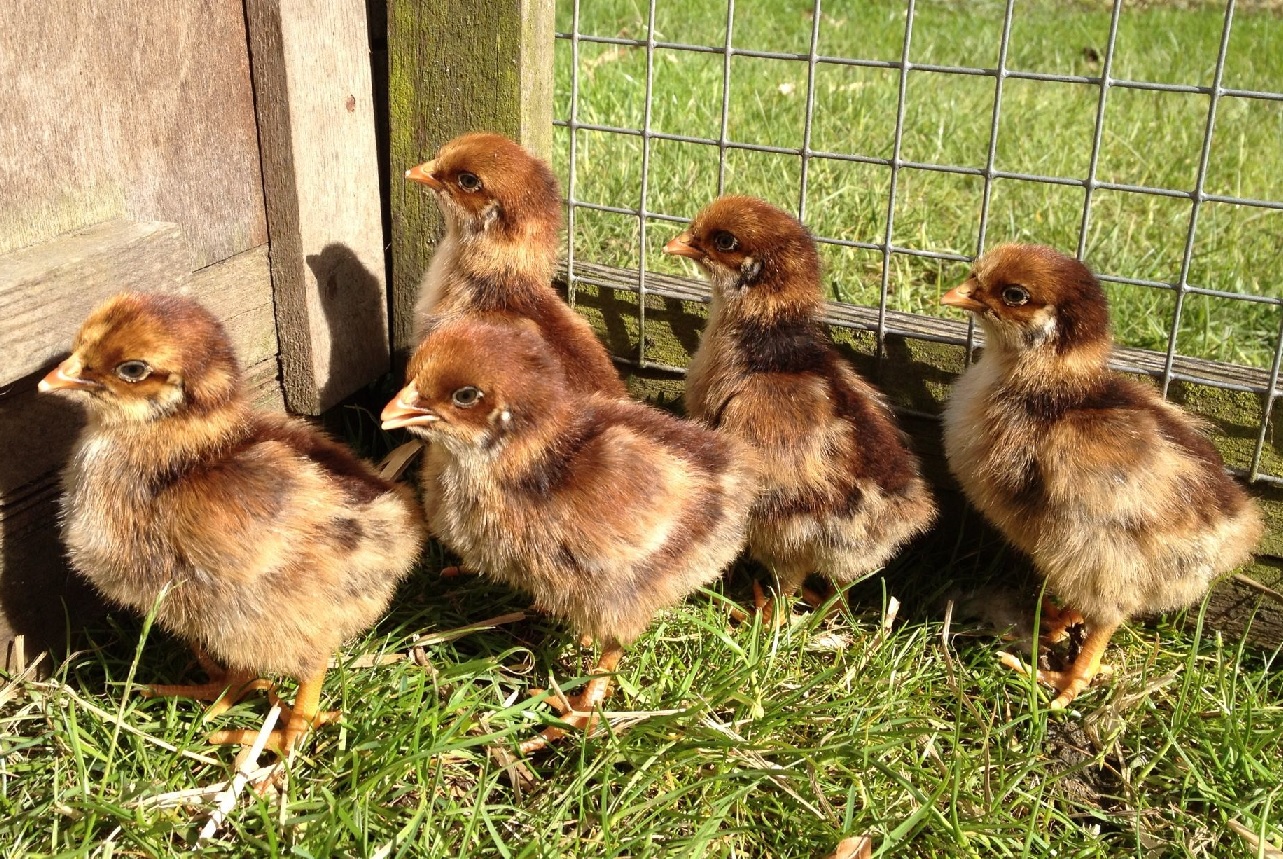
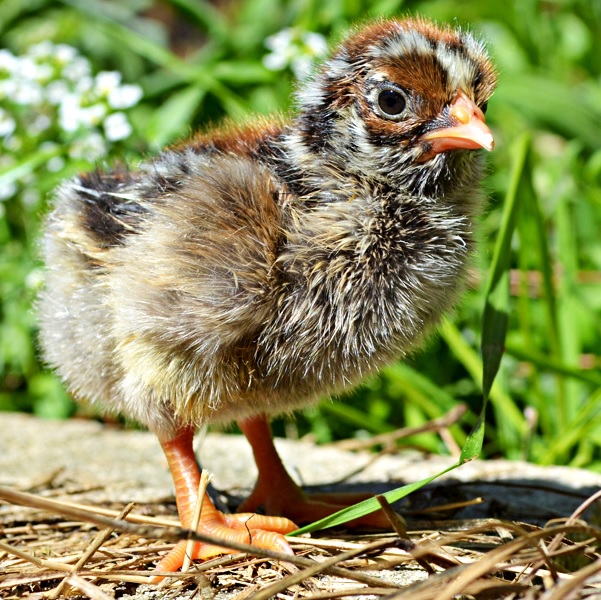
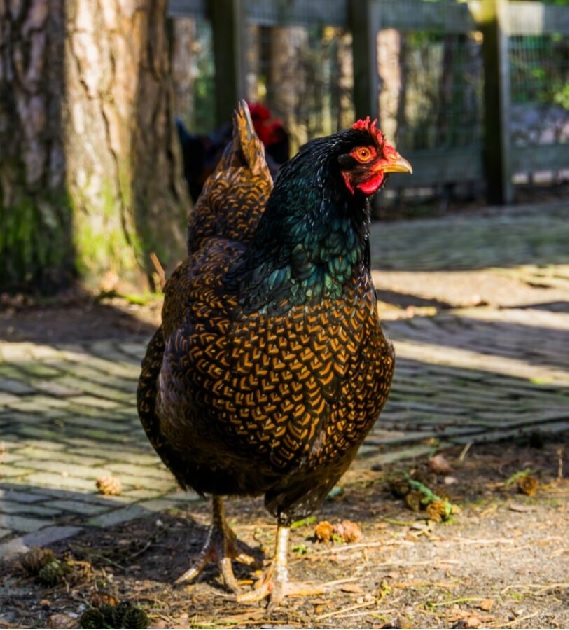
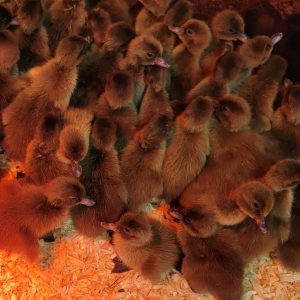

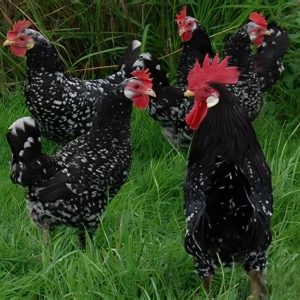
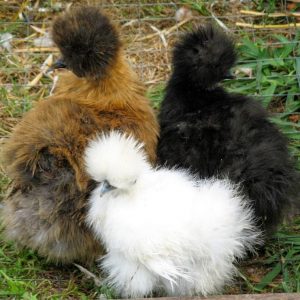
Reviews
There are no reviews yet.